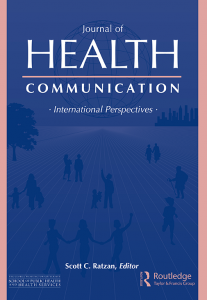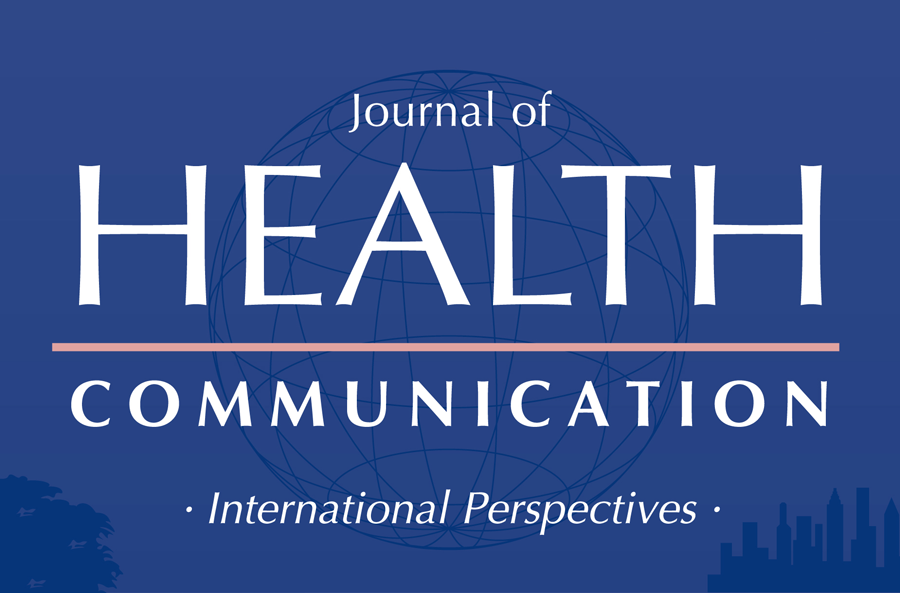New Journal of Health Communication Supplement Reviews the Evidence Related to Child Survival Programs and Behavior Change
 HC3 is proud to be a sponsor of a special supplement to the latest issue of the Journal of Health Communication released Sept. 11, 2014. Population-Level Behavior Change to Enhance Child Survival and Development in Low- and Middle-Income Countries: A Review of the Evidence applies high standards of evidence to the review of health communication and behavior change programs.
HC3 is proud to be a sponsor of a special supplement to the latest issue of the Journal of Health Communication released Sept. 11, 2014. Population-Level Behavior Change to Enhance Child Survival and Development in Low- and Middle-Income Countries: A Review of the Evidence applies high standards of evidence to the review of health communication and behavior change programs.
The supplement resulted from the Evidence Summit on Enhancing Child Survival and Development in Lower- and Middle-Income Countries by Achieving Population-Level Behavior Change held in Washington, DC on June 3–4, 2013. The overarching goal of the summit was to determine which evidence-based interventions and strategies support a sustainable shift in health-related behaviors.
This summit followed the 2012 Child Survival: Call to Action where the global A Promise Renewed movement to end preventable child deaths was launched. Population level behavior change is an imperative part of achieving this goal. At the Call to Action, the faith community made ten promises to promote simple behaviors that are proven to save lives. These ten behavior shifts are the areas around which evidence was collected.
HC3 Director Kirsten Böse co-authored Community Engagement to Enhance Child Survival and Early Development in Low- and Middle-Income Countries: An Evidence Review. HC3 Researcher Michelle Kaufman, PhD co-authored The Role of Health Systems and Policy in Producing Behavior and Social Change to Enhance Child Survival and Development in Low- and Middle-Income Countries: An Examination of the Evidence.
These and the supplement’s other articles will allow global health program planners to apply the available evidence to achieve important population-level behavioral shifts necessary to end preventable child deaths.







Leave a Reply
Want to join the discussion?Feel free to contribute!